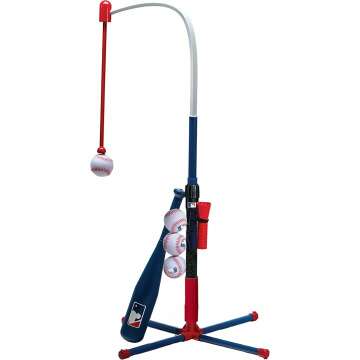A New Era in Baseball Salaries
In 1968, the world of baseball witnessed a significant turning point when Major League Baseball (MLB) officially announced a minimum annual salary of $10,000. This change marked a pivotal moment not only for players but also for the evolution of professional sports in America. This salary scale aimed to uplift the financial standards of players and ensure that even the most entry-level positions within Major League Baseball could sustain a reasonable livelihood.
The Impact of the Minimum Salary
Prior to this announcement, many players faced a financial struggle despite the fame and excitement that came with playing at the professional level. The implementation of a $10,000 minimum salary was a crucial step towards ensuring that players could focus on their game without the distraction of financial instability. This amount was significant at the time and symbolized a growing recognition of the value of athletes’ contributions to the sport, paving the way for further negotiations on salaries in the decade that followed.
Baseball Players' Response
The reaction from players was a mix of celebration and skepticism. Many viewed the minimum salary as a groundbreaking achievement for player rights, while others argued it was merely a starting point that highlighted the disparity in earnings between star players and the rest of the roster. Regardless, this announcement fueled discussions and movements towards better pay and conditions in professional sports.
Shifts in Professional Sports Culture
The $10,000 minimum salary in 1968 not only affected baseball but also set a precedent across various professional sports leagues. As baseball players gained bargaining power, other sports began to follow suit, and the importance of collective bargaining agreements grew significantly, ensuring more fair compensation for players across the board.
The Role of Player Unions
Player unions played a key role in advocating for better working conditions and salaries. The announcement was seen as a victory for the Major League Baseball Players Association (MLBPA), which had worked tirelessly to combat the challenges faced by athletes. This paved the way for subsequent improvements not just in financial matters but also in player rights and benefits.
Long-Term Effects on Salary Trends
This foundational moment ultimately led to a ripple effect in how player salaries escalated over the years. The $10,000 minimum salary served as a benchmark, and salaries have continued to soar since then, with today’s contracts reaching into the millions. This escalation has signified the growing commercial success of professional sports and the role of its athletes as brand ambassadors.
Fun Fact
The Significance of $10,000 in 1968
Interestingly, $10,000 in 1968 holds a different value when adjusted for inflation, which would be equivalent to over $75,000 today. This highlights the substantial growth in player salaries and the financial evolution of professional sports.
Additional Resources
Recommended Reading on Baseball Salaries
For those interested in diving deeper into the history of baseball salaries and player rights, consider reading “Baseball’s Great Experiment: Jackie Robinson and His Legacy” and “The Baseball Trust: A History of Baseball’s Antitrust Exemption”. These resources provide further context and insight into the economic transformations within the sport.


















 Continue with Google
Continue with Google